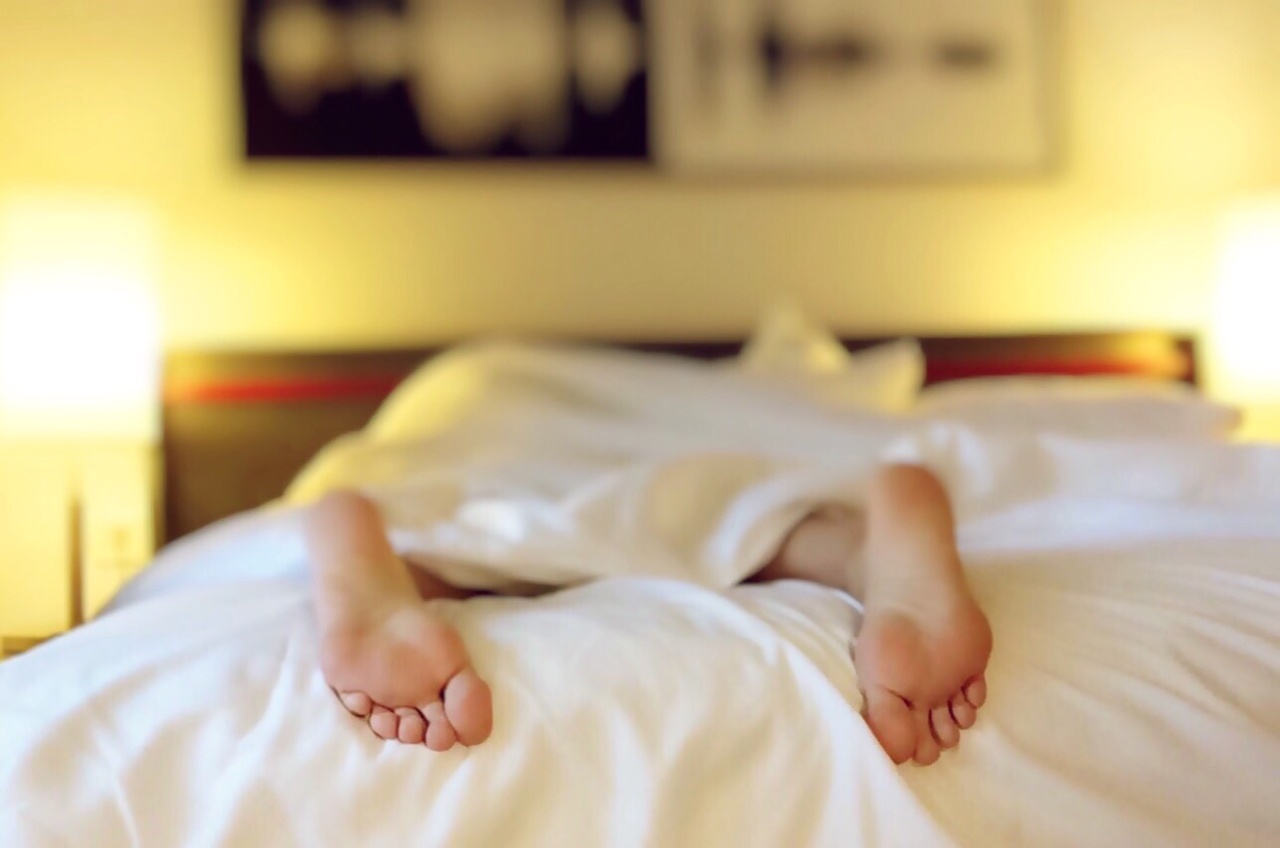In recent years, the importance of sleep has become a hot topic, with studies and research suggesting that adequate sleep is essential for optimal health and longevity.
However, while the focus on sleep health has grown, there remains a sleep disparity between men and women, referred to as the “gender sleep gap.” Research shows that women tend to experience more sleep disturbances and get less sleep than men. In this article, we will explore the factors that contribute to the gender sleep gap and provide insights into how women can improve their sleep health.
What is the Gender Sleep Gap?
The gender sleep gap refers to the difference in sleep patterns between men and women. According to the National Sleep Foundation, women are more likely to experience sleep disturbances and insomnia than men.
In addition, women often report feeling tired and fatigued during the day, even after getting a full night’s sleep.
Studies have found that on average, women get around 20-30 minutes less sleep per night than men.
While this may not seem like a significant difference, over weeks and months, it can add up to a considerable sleep debt, leading to chronic fatigue and other health problems.
What Contributes to the Gender Sleep Gap?
Several factors contribute to the gender sleep gap, and here are some of the most significant reasons women tend to get less rest:.
1. Hormonal Changes
Women’s hormones fluctuate throughout their menstrual cycle, which can disrupt their sleep patterns. During menstrual periods, women often experience insomnia, restless sleep, and even nightmares.
Hormonal changes during pregnancy and menopause can also disrupt sleep patterns.
2. Caregiving Responsibilities
Studies show that women spend more time caring for family members, including children, aging parents, and sick relatives.
These caregiving responsibilities can significantly impact a woman’s sleep quality, as they may need to wake up regularly during the night to attend to the needs of their loved ones. Caregiving can also lead to stress and anxiety, making it more challenging to fall and stay asleep.
3. Work and Career Demands
Women face a unique set of challenges in the workplace, including unequal pay, job insecurity, and limited opportunities for advancement. These work-related stressors can lead to anxiety and insomnia.
Women may also have to work longer hours or hold down multiple jobs, leaving limited time for rest and relaxation.
4. Mental Health Issues
Studies show that women are more likely to experience anxiety, depression, and other mental health issues than men. These mental health conditions can significantly impact a woman’s sleep quality, making it harder to fall and stay asleep.
5. Sleep Disorders and Breathing Problems
Women are more likely to experience sleep disorders such as sleep apnea and restless leg syndrome (RLS), which can cause disruptions in sleep patterns.
Women are also more likely to experience breathing problems during sleep, such as snoring and sleep-related breathing disorders, which can affect sleep quality.
How Women Can Improve Sleep Quality
While the gender sleep gap is a complex issue, there are steps that women can take to improve their sleep quality, such as:.
1. Prioritize Sleep
Women need to prioritize sleep and view it as an essential component of their overall health. This means setting a regular sleep schedule, avoiding caffeine and alcohol before bed, and creating a relaxing sleep environment.
2. Seek Help
If you are experiencing sleep disturbances or insomnia, it is essential to seek help from a healthcare provider or sleep specialist.
They can help you identify any underlying medical or psychological conditions that may be impacting your sleep quality and recommend appropriate treatments.
3. Practice Relaxation Techniques
Relaxation techniques such as mindfulness meditation, deep breathing exercises, and yoga can help reduce stress and anxiety and improve sleep quality. Try incorporating these techniques into your daily routine.
4. Address Sleep Disorders
If you have a sleep disorder such as sleep apnea or RLS, it is essential to seek treatment from a sleep specialist. Treatment options may include lifestyle changes, medication, or surgery, depending on the severity of the condition.
5. Minimize Screen Time
Electronic devices emit blue light, which can interfere with the body’s natural sleep-wake cycle. Minimize screen time before bedtime to improve your chances of falling and staying asleep.
Conclusion
The gender sleep gap is a complex issue with multiple factors contributing to the difference in sleep patterns between men and women.
Emerging research suggests that women tend to experience more sleep disturbances, get less sleep than men, and feel tired and fatigued during the day. However, by prioritizing sleep, seeking help, practicing relaxation techniques, addressing sleep disorders, and minimizing screen time, women can improve their sleep quality and reduce the effects of the gender sleep gap.































